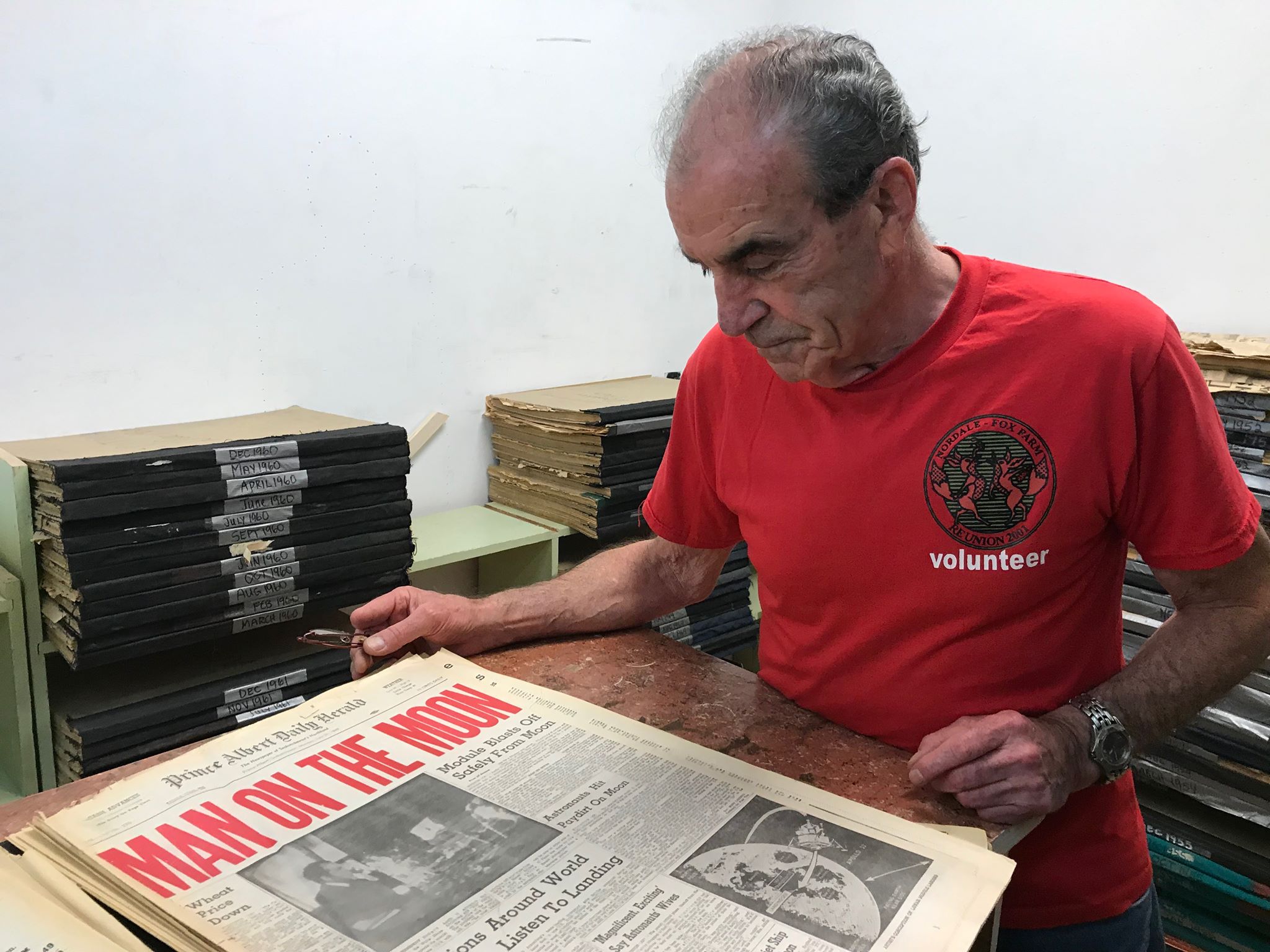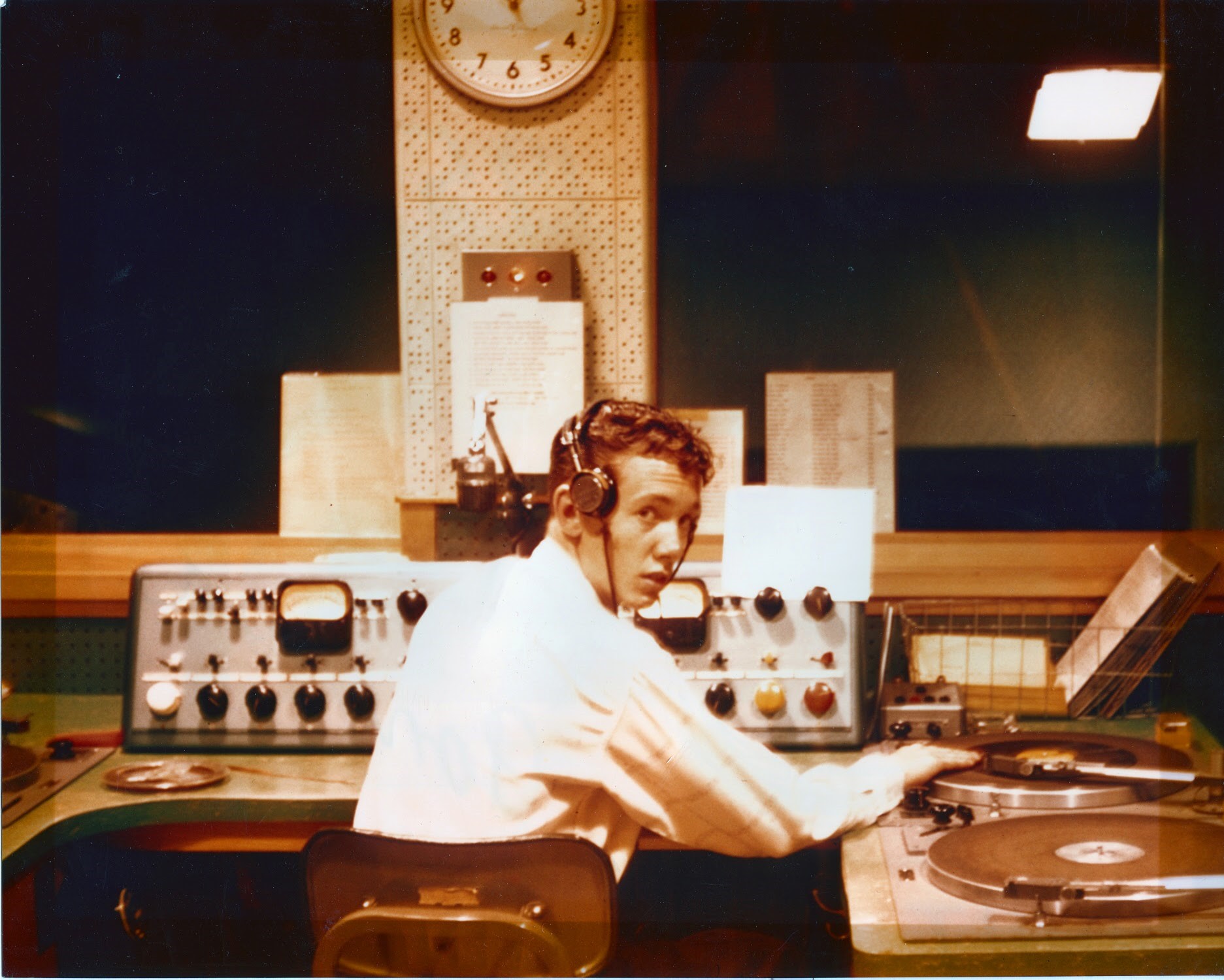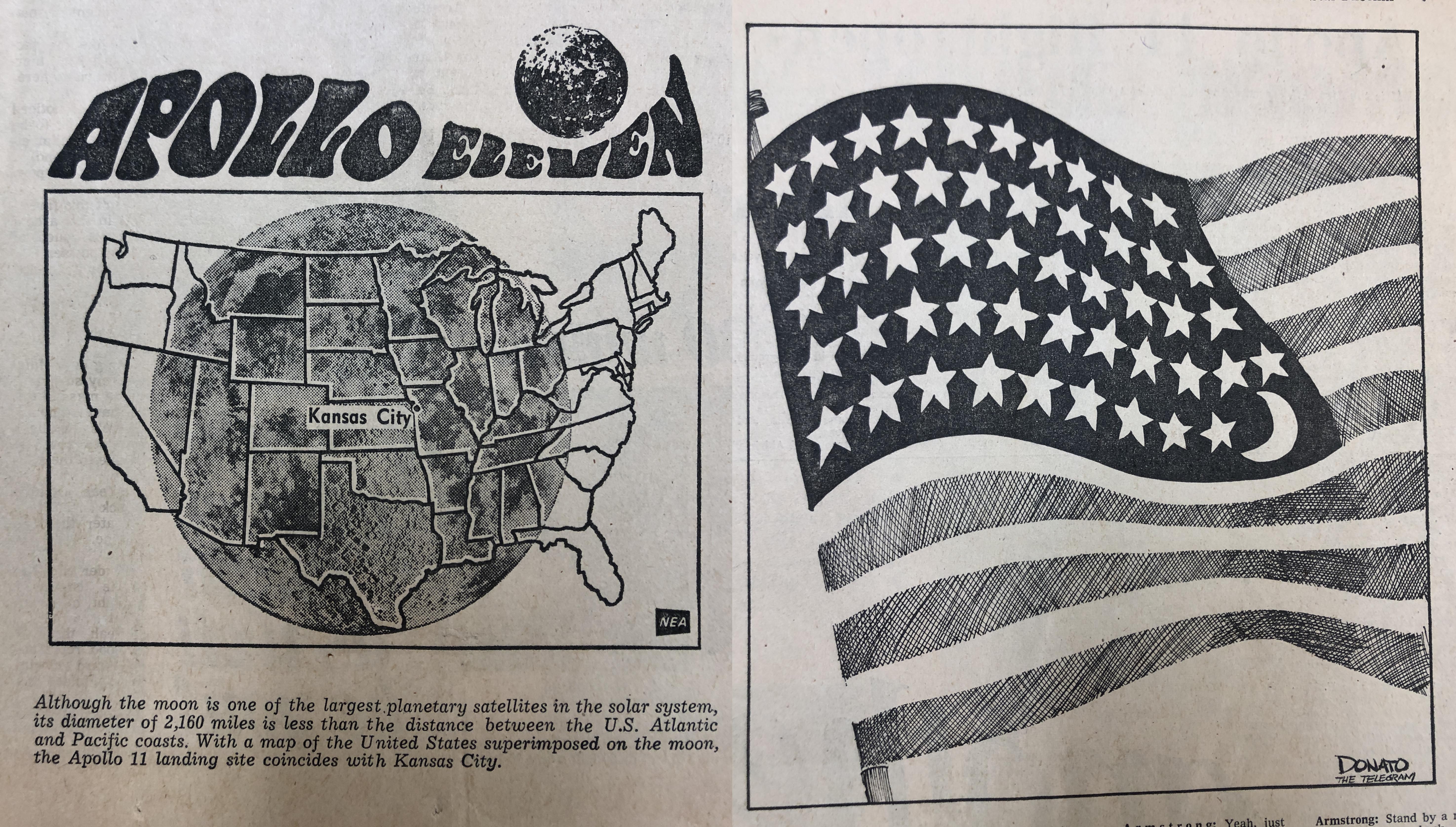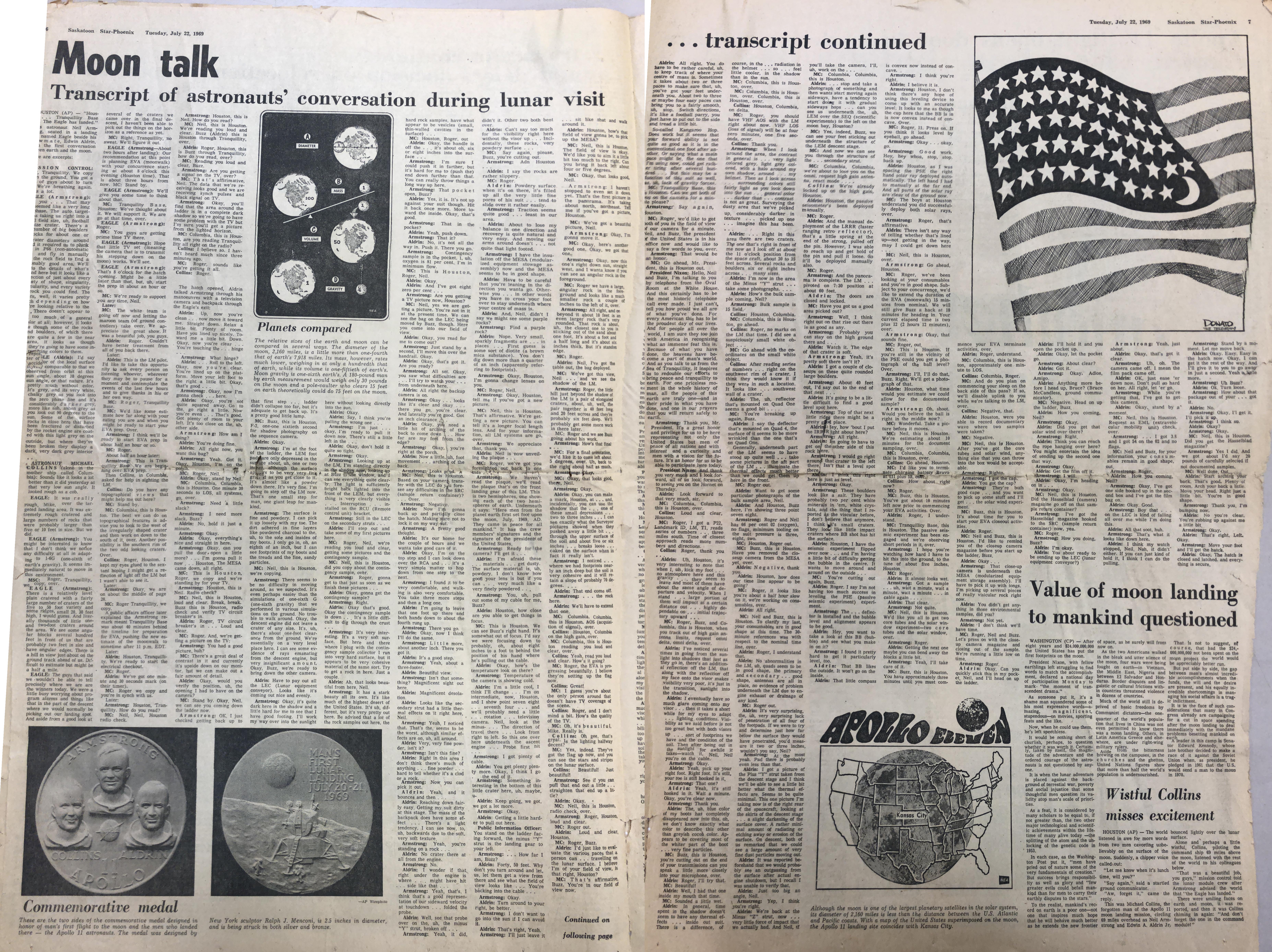
Locals reflect on moon landing a half-century on
It was July 16, 1969 when Neil Armstrong, Edwin “Buzz” Aldrin and Michael Collins blasted off into space on the Saturn V – the most powerful rocket ever built by man.
Days later on July 20, the lunar lander touched down in the Sea of Tranquility and Armstrong uttered those iconic words: “That’s one small step for man. One giant leap for mankind.”
Earth waited, watched and prayed as the Apollo 11 mission went on to expand man’s universe.
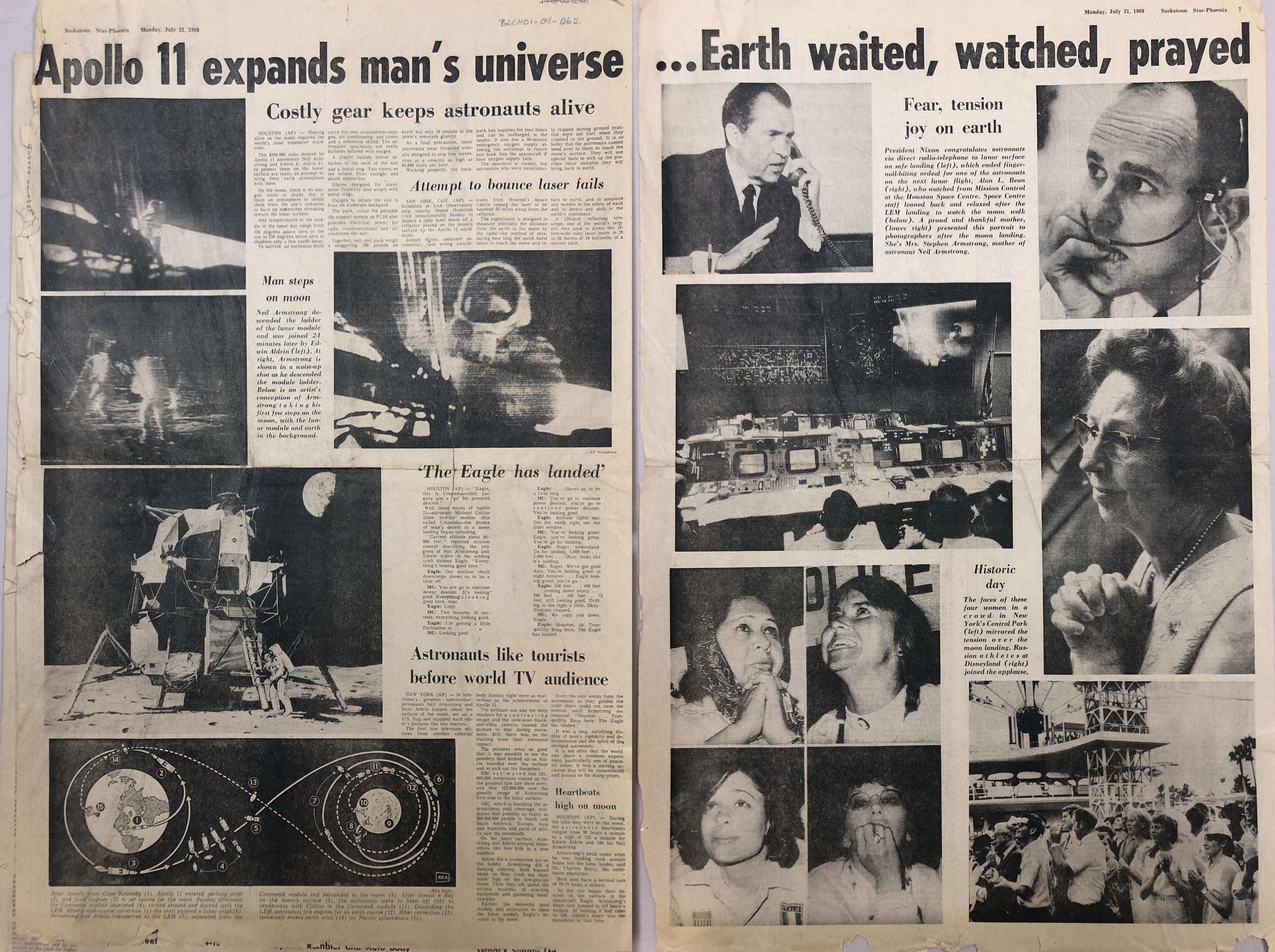 A two-page spread in the Saskatoon StarPhoenix the day after the moon landing. (City of North Battleford Historic Archives)
A two-page spread in the Saskatoon StarPhoenix the day after the moon landing. (City of North Battleford Historic Archives)
